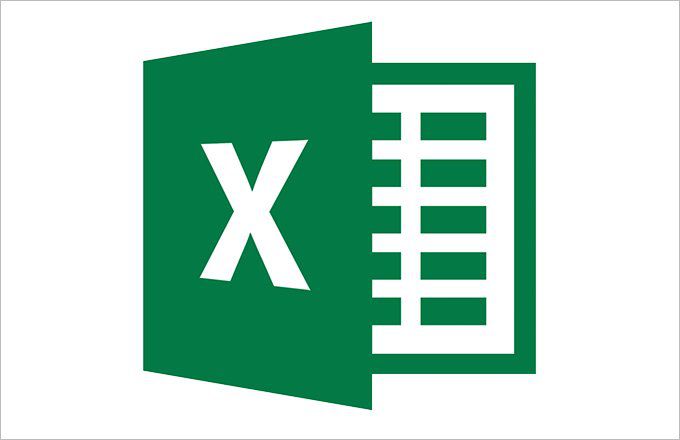How to Disable Protected View in Excel – Complete Step-by-Step Guide
Microsoft Excel is one of the most widely used tools for businesses and individuals worldwide. Whether it’s for financial reports, data analysis, or project tracking, Excel files are essential in daily operations. However, when you download an Excel file from the Internet or receive it via email, Excel often opens it in Protected View.
Protected View is a security feature designed to protect your computer from potentially harmful content. While this feature keeps your system safe, it can also be annoying or time-consuming when you regularly work with trusted files. In this guide, we will explain everything you need to know about Protected View and how to disable it safely.
What is Protected View in Excel?
Protected View is essentially a read-only mode that prevents editing a file until you explicitly choose to enable content. Excel triggers Protected View in the following situations:
-
Files downloaded from the Internet – Excel flags files from online sources as potentially unsafe.
-
Files received as email attachments – Protects your computer from malicious macros and scripts.
-
Files opened from unsafe locations – Such as network drives or external storage devices.
The main purpose of Protected View is to prevent malware or viruses from affecting your system. While it is a crucial security layer, it can be inconvenient for users who frequently handle trusted files.
Quick Method: Enable Content for a Single File
If you just need to work on one file and don’t want to change global settings, you can exit Protected View temporarily.
-
Open the Excel file, and you will see a Security Warning bar above the formula bar.
-
Click Enable Content (or Options in Excel 2007).
-
The file will now exit Protected View, and you can start editing immediately.
Alternative Method: Go to File > Info > Enable Content > Enable All Content. This makes the file a trusted file, so you won’t see Protected View for this file again.
Permanently Disable Protected View in Excel
If you frequently open trusted files and want to stop Protected View permanently, follow these steps:
-
Open Excel and click File (or the Office button) > Options.
-
In the Excel Options window, select Trust Center > Trust Center Settings.
-
Click Protected View in the left panel.
-
Uncheck the following options as per your preference:
-
Enable Protected View for files originating from the Internet
-
Enable Protected View for files located in potentially unsafe locations
-
Enable Protected View for Outlook attachments
-
Click OK, then OK again to save changes.
Note: Excel 2007 does not include the Protected View option in the Trust Center.
Advantages of Disabling Protected View
Disabling Protected View can provide several benefits, especially for users who work with trusted Excel files regularly:
-
Improved Workflow: Avoid repeated prompts and click-throughs every time you open a file.
-
Direct Editing: Start working immediately without waiting or enabling content manually.
-
Better File Management: Trusted files can be marked as safe and opened seamlessly.
Best Practices While Disabling Protected View
Even if you disable Protected View, maintaining safe computing practices is crucial:
-
Download files from trusted sources only. Avoid random websites or unknown email attachments.
-
Keep antivirus software updated. Excel files can contain macros or scripts that may be harmful.
-
Enable macros cautiously. Only allow macros from trusted sources.
-
Regularly backup important files. This helps prevent accidental data loss or corruption.
By following these practices, you can enjoy the convenience of disabling Protected View without compromising your computer’s security.
Common Questions About Protected View
1. Why does Excel open files in Protected View?
Excel opens files in Protected View to prevent potentially unsafe content from executing automatically, reducing the risk of malware infections.
2. Can I disable Protected View for all files?
Yes. By following the steps in the Trust Center settings, you can disable Protected View globally. However, it is recommended to disable only for trusted files to maintain security.
3. Is it safe to disable Protected View?
Disabling Protected View is safe only if you frequently handle files from trusted sources. For unknown files, it’s best to leave it enabled.
Real-World Use Cases
-
Businesses in Dubai and UAE: Employees frequently receive reports, invoices, and project files via email. Disabling Protected View for trusted sources saves time.
-
IT Departments: Admins can configure Excel on company systems to disable Protected View for internal files while keeping it active for external files.
-
Freelancers and Professionals: People handling large volumes of Excel data can avoid repetitive clicks and improve workflow efficiency.
Step-by-Step Summary
| Step | Action |
| 1 | Open Excel file with Security Warning bar. |
| 2 | Click Enable Content to exit Protected View temporarily. |
| 3 | To disable permanently: File > Options > Trust Center > Trust Center Settings > Protected View. |
| 4 | Uncheck options according to your preference. |
| 5 | Click OK > OK to save settings. |
Conclusion
Protected View is a valuable security feature in Excel, protecting your system from potential threats. However, for trusted files, it can be cumbersome. By following the steps above, you can temporarily or permanently disable Protected View, streamlining your workflow and enhancing productivity.
Always remember to combine this with safe computing practices to ensure that your files remain secure.
For more IT tips, Excel tutorials, and technology solutions in UAE, visit our blog:
🔗 https://chipincorp.com/it-blog-uae/
📞 Contact Chipin Corp at +971 52 958 4840 for professional IT support, Excel help, and IT solutions in Dubai and across the UAE.



